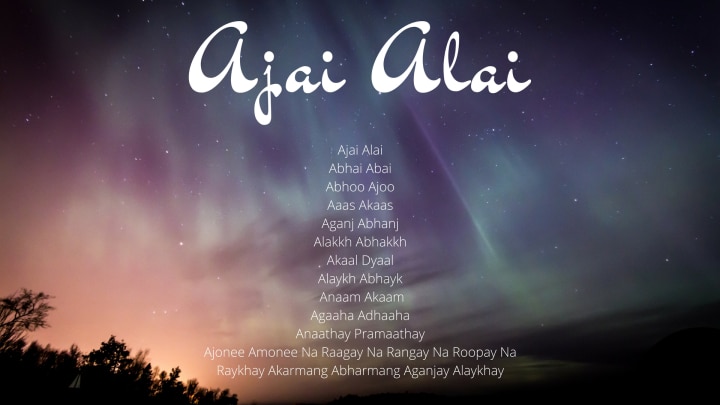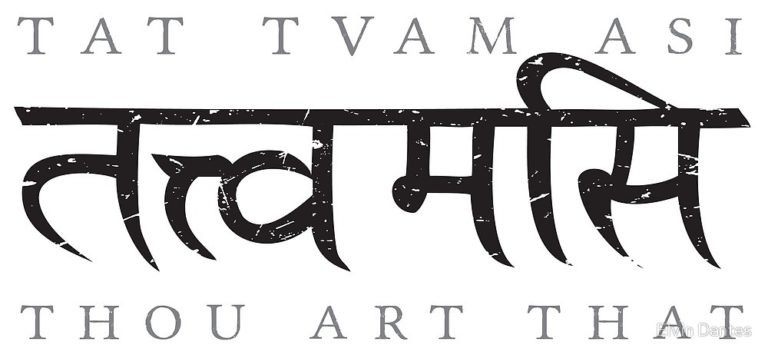In the Hindu cycle of reincarnation, moksha is a term used to refer to the end of an individual’s path through the physical plane, and represents an end to the reincarnation process of birth and death.
However, the mantra can also be used as an ideal of freedom towards which one can strive during life. In this post I’ll explain more about the moksha mantra and yoga sutras, and how you can use this mantra to achieve self-liberation.
Definition and Meaning of Moksha
Translated literally, moksha means freedom.
This freedom can come in many forms, but it is most commonly used to mean emotional freedom from past and future worry. When you are free, you have learned to release negative emotions, you release your past karma, and no longer have a need to continue the learning process through further reincarnations.
Related Post: How To Let Go of Everything in a Single Breath.
Thus, in Hindu traditions, you can also speak of attaining moksha, which is a total liberation of the soul, akin to the idea of enlightenment. It is the final goal of the Purusharthas, and is often considered both the most desirable and the most difficult to achieve.
How To Use The Mantra
When you use the mantra Moksha, you invoke this ideal of complete freedom and self-liberation.
You can use this mantra in two ways:
Firstly, you can sit for an extended meditation, repeating the mantra to yourself. This is one of the most common applications of mantras, and can be a powerful practice to help you focus the mind and let go of unnecessary thoughts during your meditation practice. See below for a guided moksha meditation.
Another way to work with this mantra is to begin to incorporate it into your daily life. To do this, simply repeat the mantra consistently throughout the day. As you face challenges and obstacles that appear to restrict you or limit your self-expression, think or state: “moksha.” You could further reinforce this idea by following up the mantra with the thought, “I am free.”
See the sutra statements below for more affirmations you could use to work with this mantra.
Learn more about the path of self-liberation.
Moksha Sutra Statements
In his book Synchrodestiny, Deepak Chopra lists a series of mantras you can use to become more self-aware and begin to live an inspired life filled with synchronicity.
He includes a number of sutra statements, or affirmations, that you can use to enhance the idea of moksha, and to begin to express a higher degree of freedom in your life.

- Imagine that you are without physical form, a field of awareness everywhere at all times.
- Imagine that you have left behind forever any sense of anger or resentment.
- Imagine that you are free from blaming, free from feeling blame and guilt.
- Imagine that you are never drawn into melodrama or hysteria.
- Imagine that you can choose any emotional feeling you want to experience.
- Imagine that you can set any goal you want to achieve and actually achieve it.
- Imagine that you are free of your habitual compulsions and patterns of behavior.
- Imagine that you never participate in any gossip.
- Imagine that you are free to respond at the highest level, no matter what the situation is or how anyone else behaves.
- Imagine that there are no limitations to what you can manifest.
- Imagine that you can see infinite possibilities at all times.
Learn more about using The Law of Vibration for manifestation.





Could I have the words for this mantra? So I can practice myself . Thanks
Maya Shanka Mohini Lanka Tyagam Tyagam OM
Maya means Illusion
Shanka means Doubt
Mohini means Attachment
Lanka means Prison
Tyag means Sacrifice
and OM is the Divine
(I paused the screen at the beginning and took notes! 🙂 Hope it is helpful to you.)